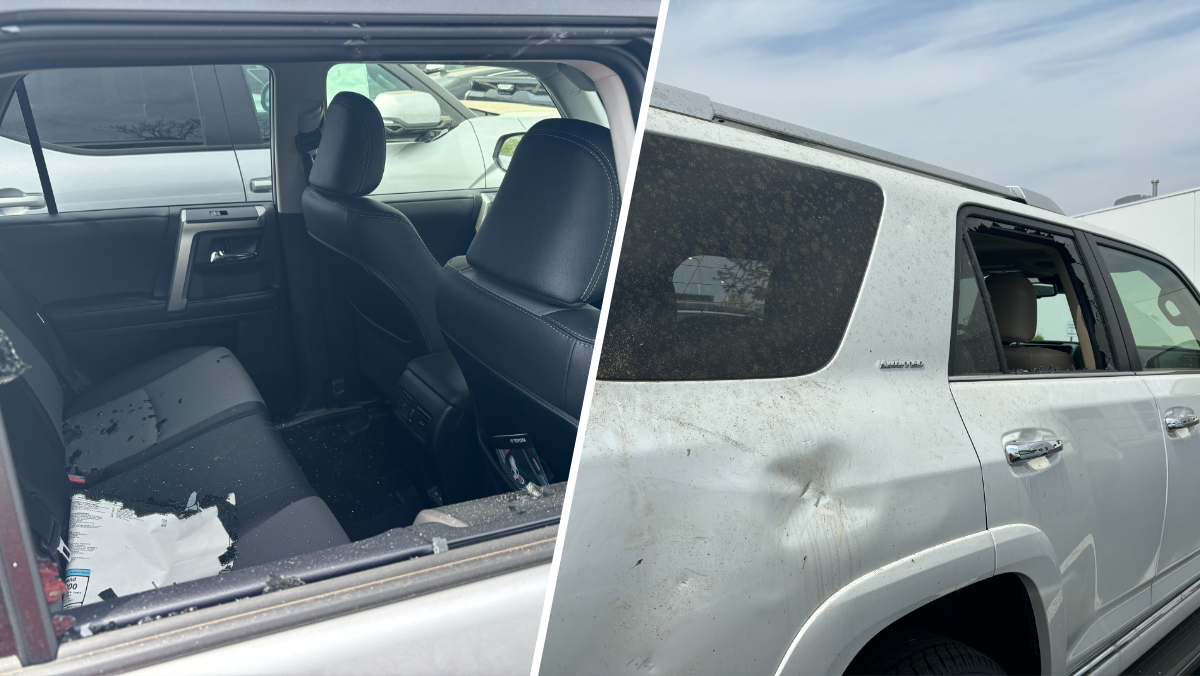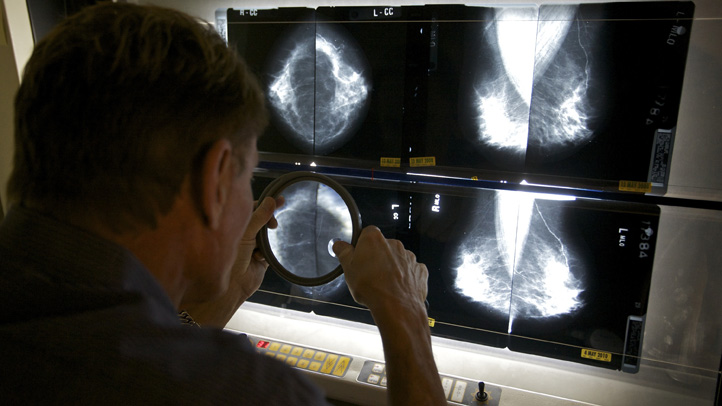The Christie administration has submitted its final plan to federal officials for spending the first $1.83 billion in Superstorm Sandy recovery aid, which would help residents rebuild their homes and businesses, assist renters in finding new apartments and offer $10,000 incentives for people to remain in their storm-damaged communities.
The plan, largely unchanged from the draft released last month for public comment, now goes to the U.S. Department of Housing and Urban Development for review and approval. HUD has 45 days to act, but the Christie administration said it has been assured of an expedited review. The administration hopes to have the grant program up and running by mid-April.
“The programs designed as part of the action plan will help address the unmet needs of Sandy-impacted homeowners, renters and business owners as they rebuild their lives and recover from their losses,” Gov. Chris Christie said in a statement obtained by The Associated Press Wednesday night.
Congress approved $60 billion in post-Sandy relief for the region following the late-October superstorm that mangled New Jersey's coast, plunged millions into darkness and caused an estimated $29 billion in storm-related losses not covered by private insurance or other government programs. Impacted states must get federal approval of their plans for spending the money before any grants are distributed.
The public comment period closed March 19.
This is the first round of disaster relief money to be allocated. Two more rounds of block grants are expected later, with a total to New Jersey of $5.4 billion. The funds could be scaled back somewhat because of widespread federal budget cuts that took effect March 1.
The grants will be focused in the nine counties with the worst damage from the storm, the state's worst natural disaster. The administration told the AP the first round of grants would help an estimated 26,000 homeowners with their primary residences, 5,000 renters and 10,000 small businesses, in addition to local governments.
Local
Breaking news and the stories that matter to your neighborhood.
The programs the Republican governor wants to implement -- offering grants to rebuild damaged homes, no-interest loans for small businesses and giving landlords cash incentives to repair homes and rent them -- are standard for states receiving federal assistance after natural disasters. Some areas where the state says there are problems, such as repairing infrastructure and restoring the fishing industry, are not included in the plan. An expanded home buyback program for people living in flood-prone neighborhoods will be included in a later funding application.
The plan submitted to HUD includes $825 million for elevation and reconstruction of damaged primary residences; $255 million for displaced renters whose primary residences were damaged by the storm; and $300 million in small business grants. A $25 million allocation to promote storm-impacted shore communities is also included, as is $50 million to help municipalities continue to provide essential services without increasing taxes. Developers of public housing would see $104.5 million in zero- and low-interest loans of up to $120,000 per unit to create new permanent housing.
Community Affairs Commissioner Richard Constable III said the administration is finalizing the application and grant approval procedures so that money can start reaching residents and businesses as quickly as possible after HUD approval.
“We recognize people and communities are hurting and we are working literally night and day to get aid out the door,” he said.



